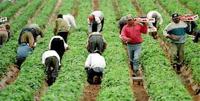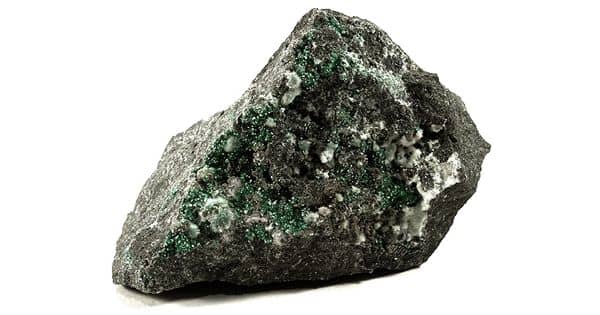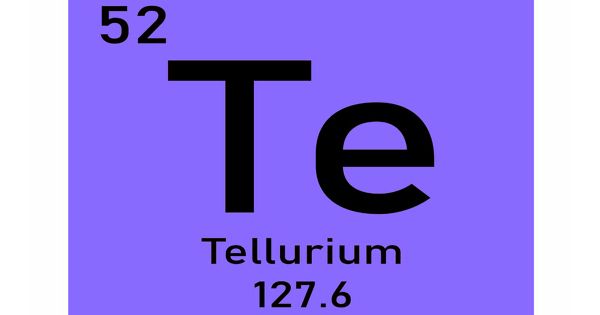Nitrogen, phosphorus, and potassium demand, as well as agricultural fertilizer demand, are used to define supply-demand location typologies, their global prevalence, and the implications for resource recovery. Even with advanced sanitation infrastructure, nutrients would have to be transported over long distances, either as heavy fluids or as concentrated crystalline products.
The future link between human waste, sanitation technology, and sustainable agriculture is becoming clearer. According to Jeremy Guest, a civil and environmental engineering professor at the University of Illinois Urbana-Champaign, countries may be getting closer to using human waste as fertilizer, closing the loop to more circular, sustainable economies.
A new study characterizes the spatial distribution of human urine-derived nutrients—nitrogen, phosphorus, and potassium—as well as agricultural fertilizer demand in order to define supply-demand location typologies, their prevalence around the world, and the implications for resource recovery. The study’s findings have been published in the journal Environmental Science and Technology.
According to research, countries could be moving closer to using human waste as fertilizer, closing the loop to more circular, sustainable economies.
“Once we stop growing, the total amount of nitrogen, phosphorus, and potassium in our bodies largely remains constant,” said Guest, who is also the acting associate director for research at the University of Illinois’ Institute for Sustainability, Energy, and Environment. “Whatever we consume must be expelled through our urine, feces, and sweat. Knowing this, we can estimate how much of each of these nutrients are present in a population’s bodily waste if we know what they eat.”
Previous research by Guest and colleagues assessed the global potential for recovering nutrients from human waste and identified areas with a surplus of human waste-derived nutrients relative to local demand for agricultural fertilizers.
“The new study is the first to use a single mathematical equation to describe human waste-derived nutrient supply-demand location relationships,” Guest said. “The quality of sanitation infrastructure varies greatly around the world, as do people’s diets and the availability of arable land. Having the ability to characterize and quantitatively compare a location’s nutrient-recovery potential can help decision-makers make better decisions about future sanitation and agriculture policy.”

To achieve this quantitative characterization at the global scale, the team conducted extensive numerical and geographic analyses of dietary, population, sanitation, and agricultural data from 107 countries. The investigation uncovered three distinct supply-demand typologies: co-located supply-demand, dislocated supply-demand, and diverse supply-demand proximities.
The United States and Australia, for example, are examples of dislocated supply-demand economies. They practice intensive agriculture in areas far from major cities, so the human waste-derived nutrient supply is far from where it is needed, according to Guest. Even with advanced sanitation infrastructure, nutrients would have to be transported over long distances, either as heavy fluids or as concentrated crystalline products. According to Guest, it would make economic sense to work with a concentrated product to implement a human waste-derived fertilizer in these countries.
According to the study, human populations are more substantively close to agricultural areas in countries with co-located supply-demand typologies such as India, Nigeria, and Uganda, allowing for local reuse. However, there is a need for improved sanitation infrastructure in many communities with co-located supply and demand. Implementing a human waste-derived fertilizer program, according to Guest, could be extremely beneficial to sanitation and agriculture in these areas.
Countries such as Brazil, Mexico, China, and Russia exhibit a spectrum of nutrient supply and demand co-location to dislocation. According to the study, policymakers would need to approach human waste-derived nutrient use with more regionalized strategies as well as a variety of local reuse and transportation approaches. “Higher-income countries in this group may have the infrastructure and economic support for various technologies,” Guest explained, “but those with limited financial resources would require prioritization of resource-recovery technology in some areas.”
The team was surprised to discover that the typologies closely corresponded to the United Nations Human Development Index. “Higher HDI-scoring countries, such as the United States, Western Europe, and Australia, fall into the dislocated supply-demand typology, while lower HDI-scoring countries fall into the co-located supply-demand typology. Of course, there are exceptions, but we were surprised to discover such a strong correlation “Guest stated.
According to Guest, the team hopes that this research will help clarify the salient economic, sanitation, and agricultural characteristics of countries around the world so that decision-makers can prioritize investment, policies, and technologies that will advance goals for a circular economy and universal sanitation.
















